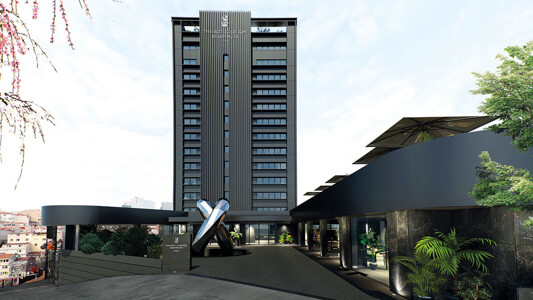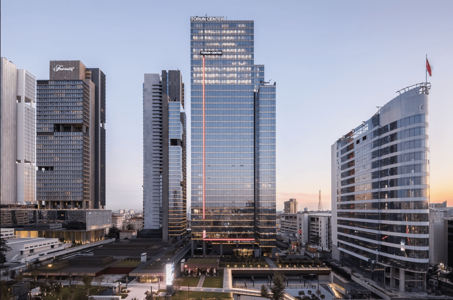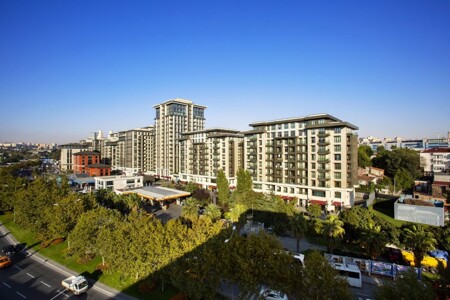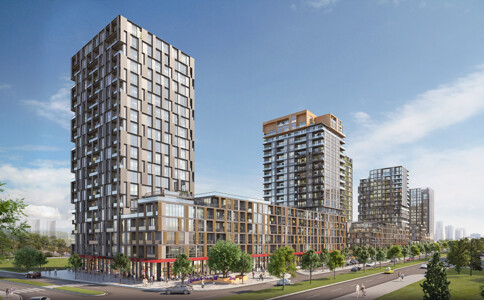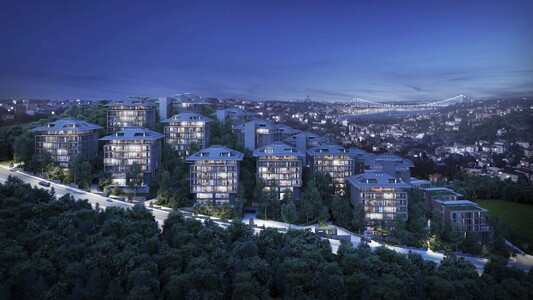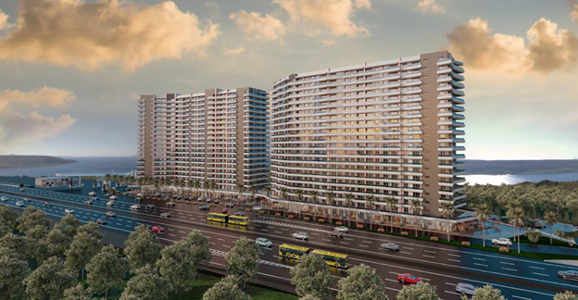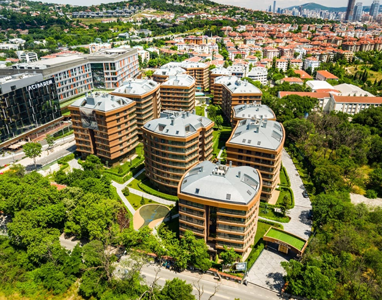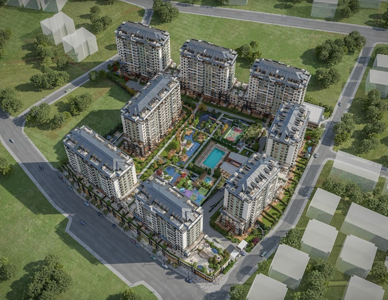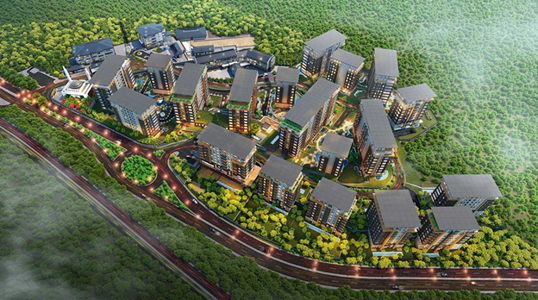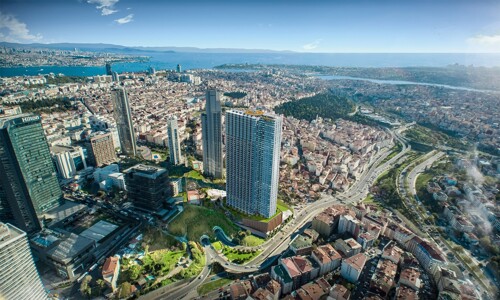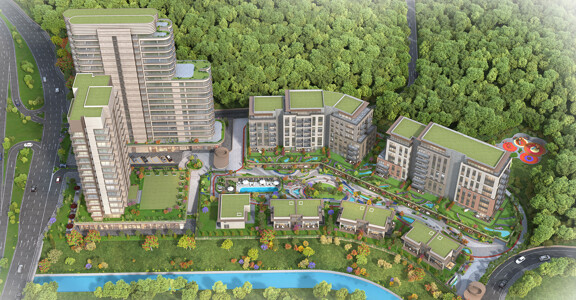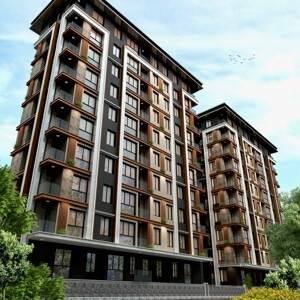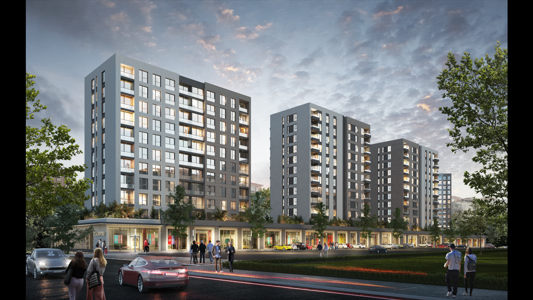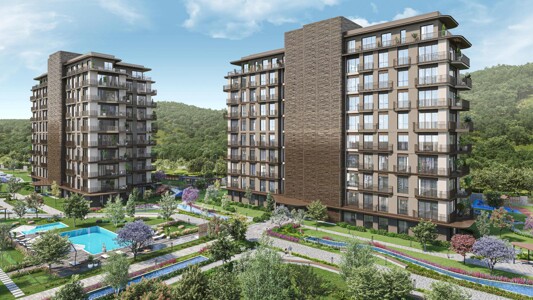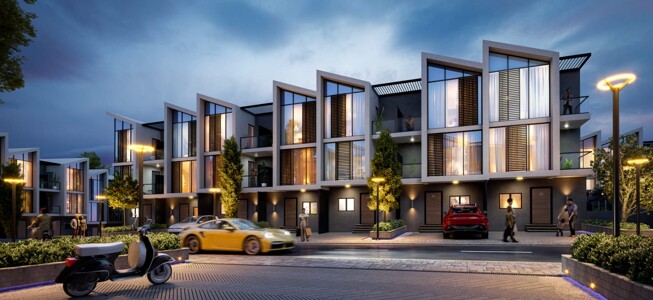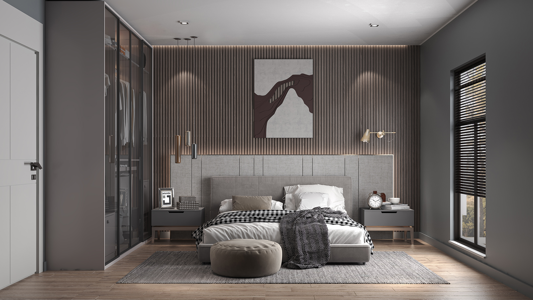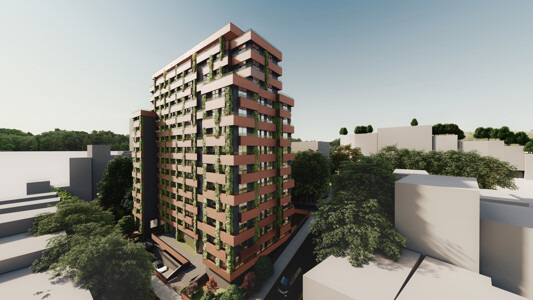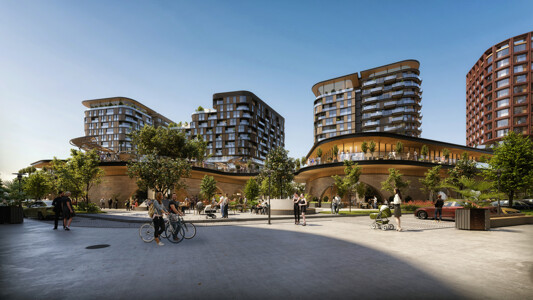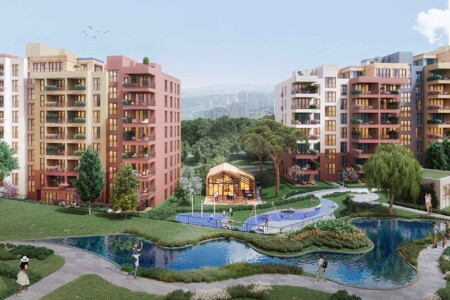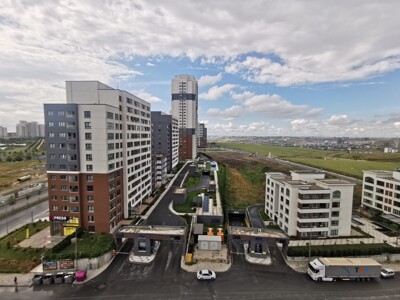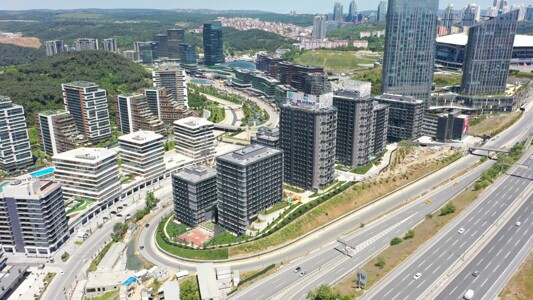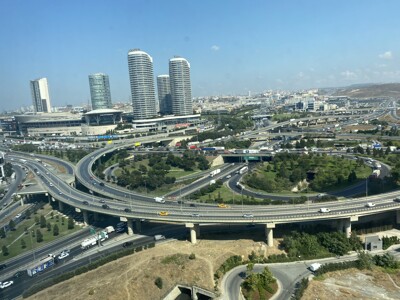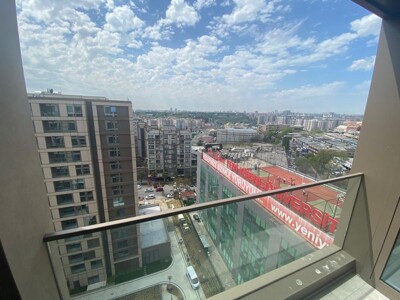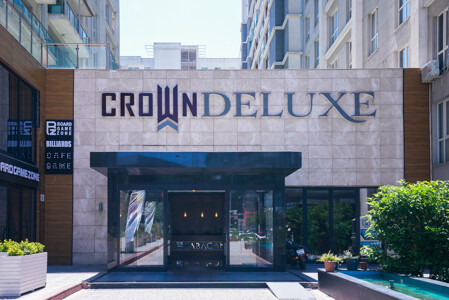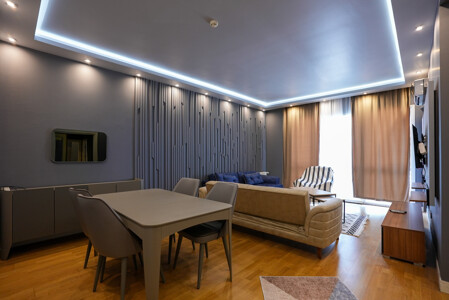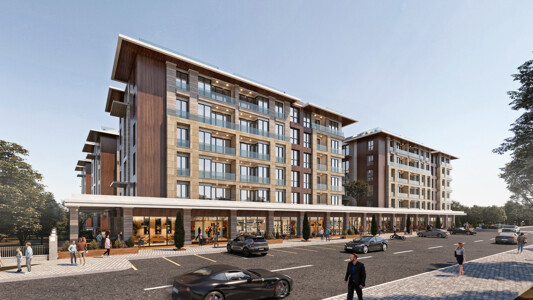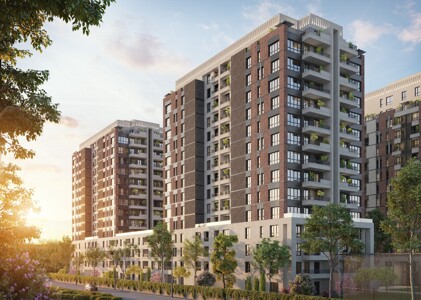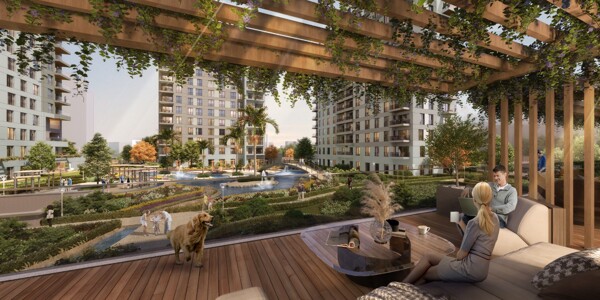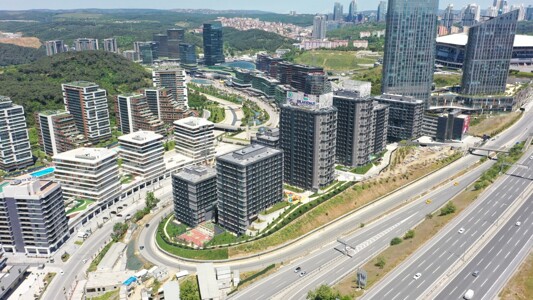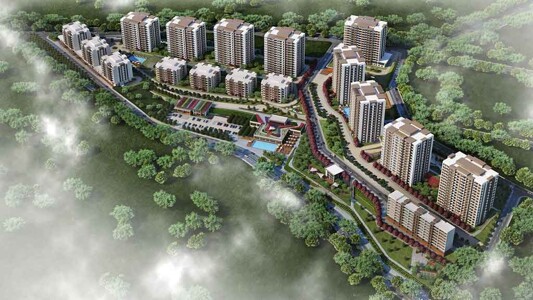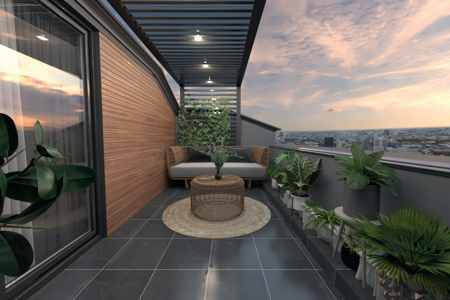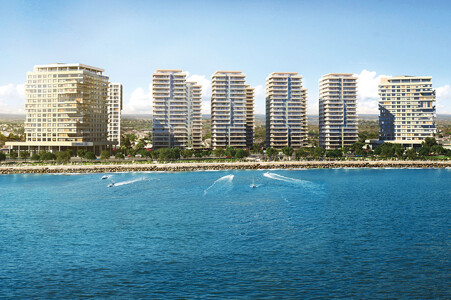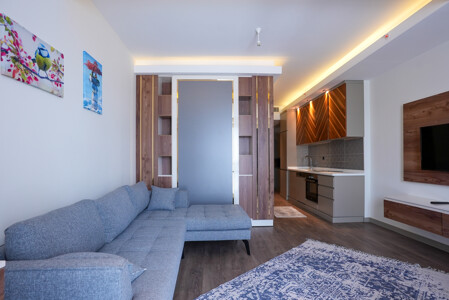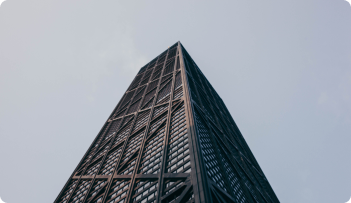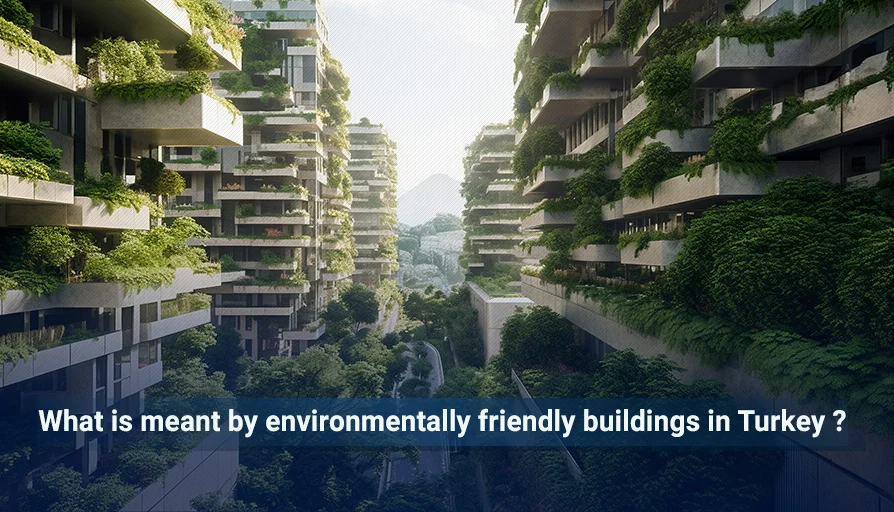
What is meant by environmentally friendly buildings in Turkey?
Environmentally friendly buildings are one of the main trends in the construction and architecture sector in the whole world, and Turkey, as one of the countries that strives to preserve the environment and sustainable development, this concept is of the utmost importance.
In this blog, we will give you a comprehensive understanding of the concept of environmentally friendly buildings in Turkey, and we will shed light on the many advantages and advantages of these buildings, in addition to the methods and technologies used to achieve them, we will also review the efforts made by Turkey in promoting this concept and expanding the spread of friendly buildings environment across the country.
Table of Contents
Learn about environmentally friendly buildings in Turkey
What is meant by environmentally friendly buildings in Turkey is the design and construction of buildings in ways aimed at reducing negative environmental impact and achieving environmental sustainability and these buildings include many factors and practices that contribute to preserving natural resources, reducing energy consumption and carbon emissions, and reducing pollution.
Features of environmentally friendly buildings in Turkey
- Designing buildings in a way that reduces energy consumption and relies on renewable energy sources such as solar and wind energy.
- Use of effective ventilation systems and building designs to improve indoor air quality.
- Use of rainwater collection systems and water saving systems to conserve water and reduce its consumption.
- Design an effective waste separation and recycling system to reduce environmental pollution.
- Using environmentally friendly and renewable building materials such as sustainable wood and barrier glass to conserve natural resources.
- The use of high-quality thermal insulation materials to reduce heat and cooling losses and improve energy efficiency.
- Designing buildings in a way that allows the entry of a sufficient amount of natural lighting to reduce the need for artificial lighting.
- Using local designs and local materials to preserve architectural heritage and reduce the impact of construction on the environment.
- Use of water filtration systems for reuse in irrigation and cleaning.
- Creating gardens and green spaces in buildings to improve air quality and provide comfortable areas for residents.
- Applying smart technology in energy and water management to increase efficiency and save resources.
- Design buildings in a flexible way to meet the needs of users and avoid wasting space.
- Use of built-in designs that reduce the impact of external noise and provide a quiet environment.
- Installing self-generation systems such as solar panels and wind turbines to meet the building's electricity needs.
- Designing buildings in a way that reduces carbon emissions and improves environmental performance.
- Promote awareness among the population about environmentally friendly buildings and promote education about sustainable behavior.
- Using smart energy management systems to improve energy efficiency and reduce waste.
- Using building materials with a low environmental impact and properly disposing of harmful chemicals.
- The integration of buildings with the surrounding environment and the preservation of biodiversity in the surrounding areas.
- Effective use of natural resources and reduction of waste.
- Using sustainable heating and cooling systems based on renewable energy.
- The use of high-efficiency LED lighting to save energy and reduce electricity consumption.
- Using sustainable and efficient building designs in terms of energy and resources.
- Provide convenient and sustainable public transportation near buildings to encourage residents to use them.
- Create green roof surfaces that improve air quality and provide additional green spaces.
- Use designs that reduce light pollution and protect the night sky.
- Use building materials that can be recycled to conserve resources and reduce waste.
- Promote the use of organic farming methods and initiatives to reduce the use of pesticides on buildings.
- Using smart technology to improve energy and water efficiency and waste management.
- Designing buildings in a way that encourages social interaction and promotes sustainable living and healthy, sustainable communities.
Differences between ordinary buildings and environmentally friendly buildings in Turkey
- Environmentally friendly buildings in Turkey are interested in providing and sustaining natural resources such as water, energy and building materials, while ordinary buildings consume more of these resources without concern for sustainability.
- Eco-friendly buildings in Turkey are designed to be sustainable and energy efficient, with the use of thermal insulation techniques, efficient ventilation and renewable energy generation systems, while ordinary buildings often lack these features and consume large amounts of energy.
- Environmentally friendly buildings in Turkey aim to improve indoor air quality through the use of effective ventilation systems and designs that help purify the air and reduce indoor pollution, while ordinary buildings may lack these systems and suffer from low air quality.
- Environmentally friendly buildings in Turkey are interested in saving water and improving its management through the use of water saving systems, water purification and rainwater use and at the same time, ordinary buildings can be less efficient in using and wasting water.
- Environmentally friendly buildings in Turkey use sustainable and recyclable building materials, while ordinary buildings rely on building materials that cause more environmental pollution and deplete natural resources.
- Attention is given to social factors in environmentally friendly buildings in Turkey, such as the comfort and health of residents and social communication, while ordinary buildings may lack this social attention.
Common questions
What are some of the main features of eco-friendly buildings in Turkey?
Some of the key features include: energy efficiency, water management, use of sustainable materials, indoor air quality improvement, use of smart technology, and smart building design.
What is the importance of environmentally friendly buildings in Turkey?
Environmentally friendly buildings in Turkey are an effective method for preserving natural resources, reducing negative environmental impact and achieving sustainable development.
What are the main advantages of investing in environmentally friendly buildings in Turkey?
Some of the benefits include: saving energy and water costs, improving quality of life, reducing carbon emissions, increasing property value, and promoting health and well-being.
The idea of buying real estate in Turkeyhas become popular among those interested in obtaining an ideal opportunity for housing or investment and take advantage of the appropriate real estate investment options in Istanbul to obtain a high return by communicating with our real estate consultants.
Do not forget that investing in real estate in Turkey is only a way to gain Turkish citizenship or real estate residencepermit that allows you to stay in the country legally and then acquire many of the privileges that a Turkish citizen gets.
Related articles:
Renewal of real estate residence in Turkey 2023
Cheap villas in Turkey for sale 2023
Buying real estate in Turkey in installments
Endless options within the Turkish real estate market
The fastest way to obtain Turkish citizenship
Apartments for Sale in Istanbul
Successful real estate investment in Turkey 2023
Luxury real estate for sale in Istanbul 2023
Buying real estate in European Istanbul 2023
Obtaining Turkish Citizenship Through Real Estate Investment
Real Estate Investment in Istanbul 2023
Types of Turkish passport and the characteristics of each
Feature of residential apartments in Turkey
Advantages of buying a property in Turkey with Ist Homes
Commercial lands for sale in Istanbul
#Istanbul_apartments #real_estate_investment
#Turkish_citizenship #Turkish_real_estate #Isthomes
